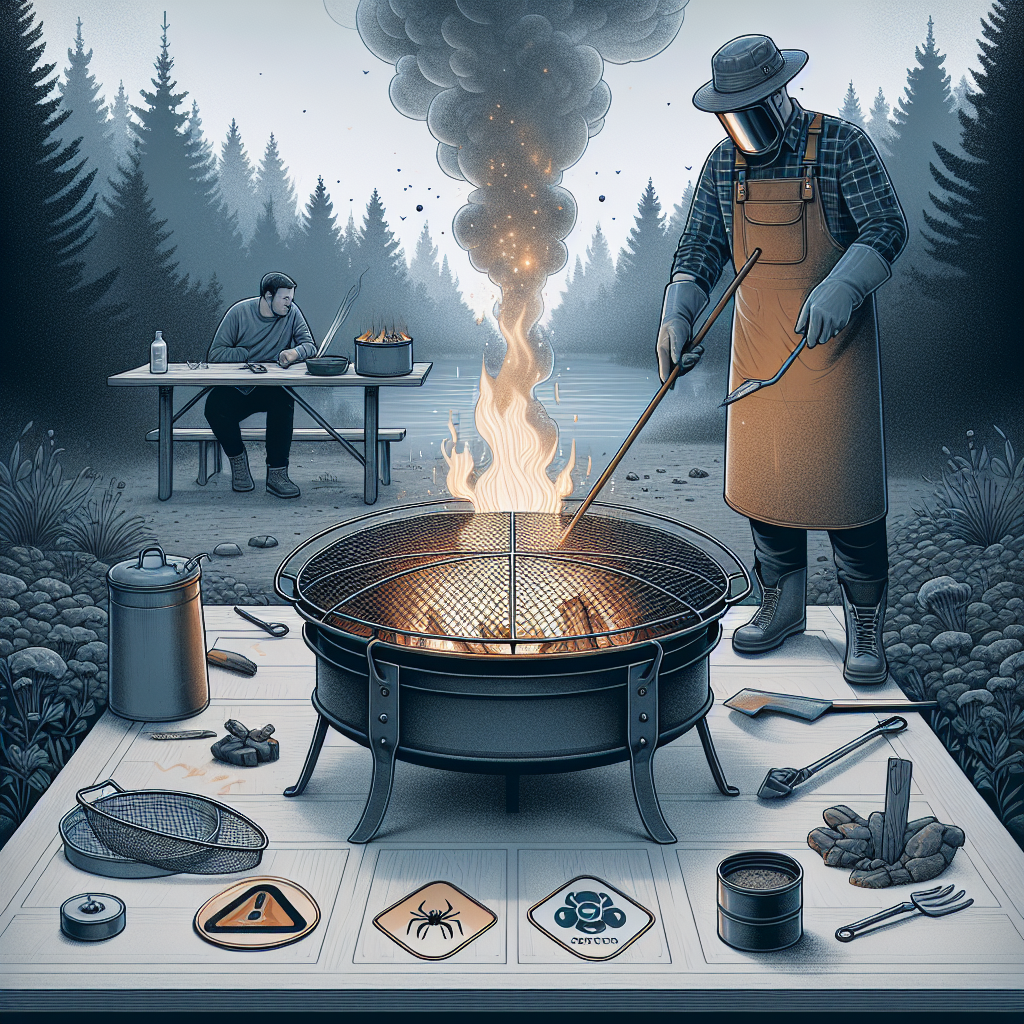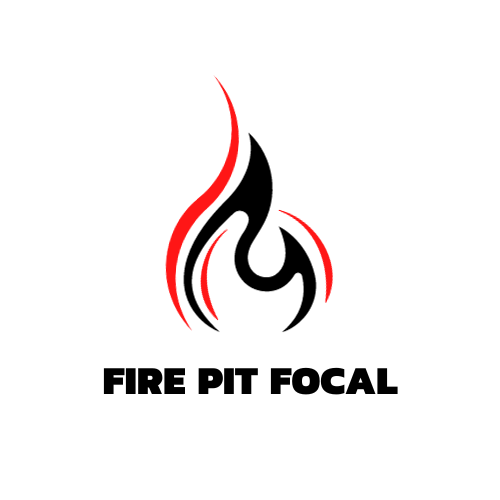Outdoor fire pits can bring warmth, charm, and a cozy ambiance to your outdoor living space. However, as with any open flame, it’s crucial to be aware of potential safety concerns. From ensuring proper ventilation to practicing caution with flammable materials, this article will highlight the essential tips and precautions you need to know to safely enjoy your outdoor fire pit. Whether you’re a seasoned fire pit enthusiast or a first-time user, understanding these safety measures will help you relax and unwind around the mesmerizing glow of your fire pit worry-free.
Fire Pit Placement
Distance from structures
When placing your fire pit, it is important to consider the distance from nearby structures. It is recommended to have a minimum clearance of 10 feet between the fire pit and any building, including your house, garage, or shed. This distance will help prevent the risk of accidental fires spreading to these structures. It is also important to ensure that there are no combustible materials, such as firewood or gas tanks, stored within this clearance zone.
Clearance from overhanging branches
Another crucial aspect of fire pit placement is the clearance from overhanging branches. Make sure there are no tree branches or vegetation hanging directly above the fire pit or in close proximity to it. Burning sparks and embers could easily ignite dry foliage, leading to uncontrolled fires. As a general guideline, aim for a clearance of at least 10 feet vertically and horizontally from any branches.
Placement on a non-combustible surface
Choosing the right surface for your fire pit is essential to prevent accidental fires. It is highly recommended to place your fire pit on a non-combustible surface, such as concrete, stone, gravel, or brick. These materials not only provide stability but also help contain any stray embers that may escape the fire pit. Avoid placing your fire pit directly on wooden decks or grassy areas, as these can easily catch fire and pose a significant safety hazard.
Fire Pit Construction
Choosing the right materials
When constructing your fire pit, it is important to choose the right materials that can withstand high temperatures and ensure durability. Opt for fire-resistant materials such as steel, cast iron, or fire-resistant brick. These materials can handle the heat and are less likely to crack or warp. Additionally, make sure to use heat-resistant adhesive or mortar when assembling your fire pit to ensure long-lasting stability.
Proper assembly and stability
Ensuring proper assembly and stability is crucial to prevent accidents and injuries. Follow the manufacturer’s instructions carefully and double-check all connections and joints. Make sure your fire pit is level and secure, with no wobbling or tilting. It is also recommended to install a sturdy base or foundation to further enhance stability.
Fire pit size and capacity
Consider the size and capacity of your fire pit when constructing it. A fire pit that is too small may not provide enough space for safe and enjoyable fires, while one that is too large can be difficult to manage and may increase the risk of accidental fires spreading. Aim for a size that suits your needs and allows for proper ventilation. Additionally, avoid overfilling the fire pit with too much fuel, as this can lead to uncontrollable flames and potential hazards.
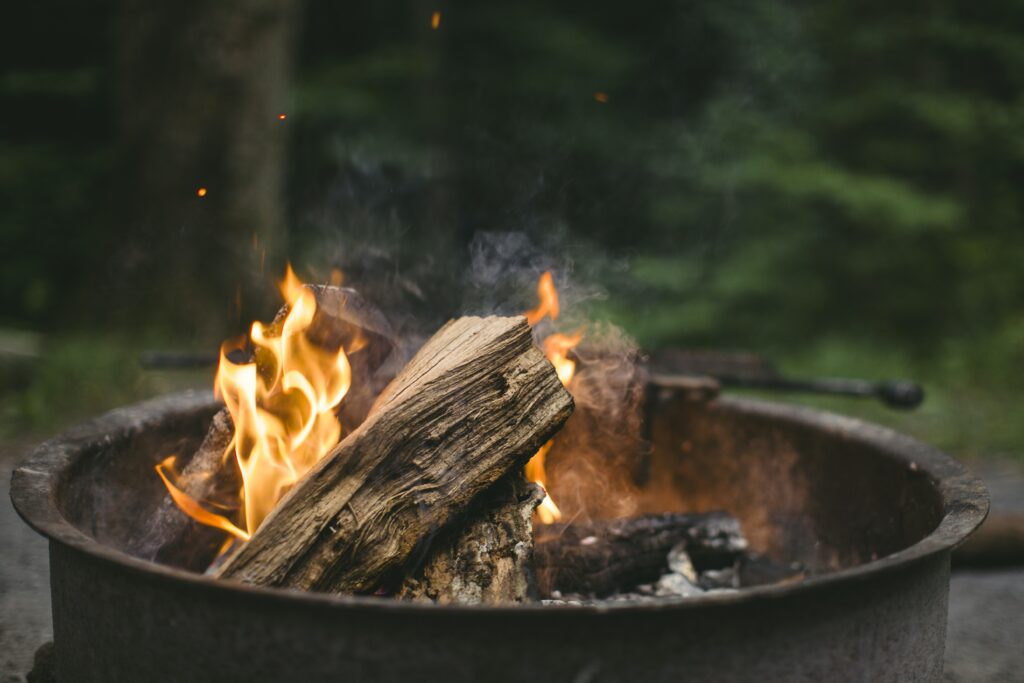
Fire Pit Fuel
Understanding different fuel options
Knowing the different fuel options available for your fire pit is essential for safe and enjoyable fires. The most common fuel choices are wood and natural gas. Wood can provide a cozy and traditional fire experience; however, it requires proper handling and storage. Natural gas offers convenient and clean-burning flames but requires professional installation and a gas supply line. Consider the pros and cons of each fuel type and select the one that best suits your preferences and needs.
Safe storage and handling
If you opt for a wood-burning fire pit, it is crucial to store your firewood in a safe and dry location. Ideally, firewood should be stored at least 30 feet away from any structures to prevent fire risks. Keep it in a covered storage area or a firewood rack off the ground. When handling firewood, always wear protective gloves to prevent splinters and prioritize safety.
Avoiding flammable liquids
One important safety measure is to never use flammable liquids to start or enhance your fire pit flames. Gasoline, lighter fluid, or other accelerants can cause sudden and uncontrollable fires, posing a significant risk to your safety and property. Instead, use approved fire starters, such as kindling, newspaper, or commercial fire starter products, to ignite your fire pit safely and efficiently.
Fire Pit Maintenance
Regular cleaning and debris removal
Regular maintenance and cleaning are crucial for the optimal functioning and safety of your fire pit. Remove any debris, ashes, or unburned wood from the fire pit after each use. Ashes can retain heat for a long time, even after the fire has been extinguished, so it is essential to dispose of them in a metal container specifically designed for ash disposal. Additionally, clean the fire pit’s components, including the grate and screens, to ensure they are free from buildup and allow for proper airflow.
Checking for cracks or damage
Periodically inspect your fire pit for any signs of cracks or damage. Extreme heat, weather conditions, or accidental impacts can cause fractures that compromise the integrity of the fire pit. If you notice any cracks or structural issues, discontinue use and repair or replace the fire pit as necessary. Regular inspections can help identify potential hazards and prevent dangerous situations.
Inspecting and maintaining gas connections
If you have a natural gas fire pit, it is important to inspect and maintain the gas connections regularly. Check for any signs of leaks, such as a distinct smell of gas or hissing sounds. If you suspect a gas leak, immediately turn off the gas supply and contact a professional for repairs. It is recommended to have a qualified technician inspect and service your gas fire pit annually to ensure proper functionality and safety.
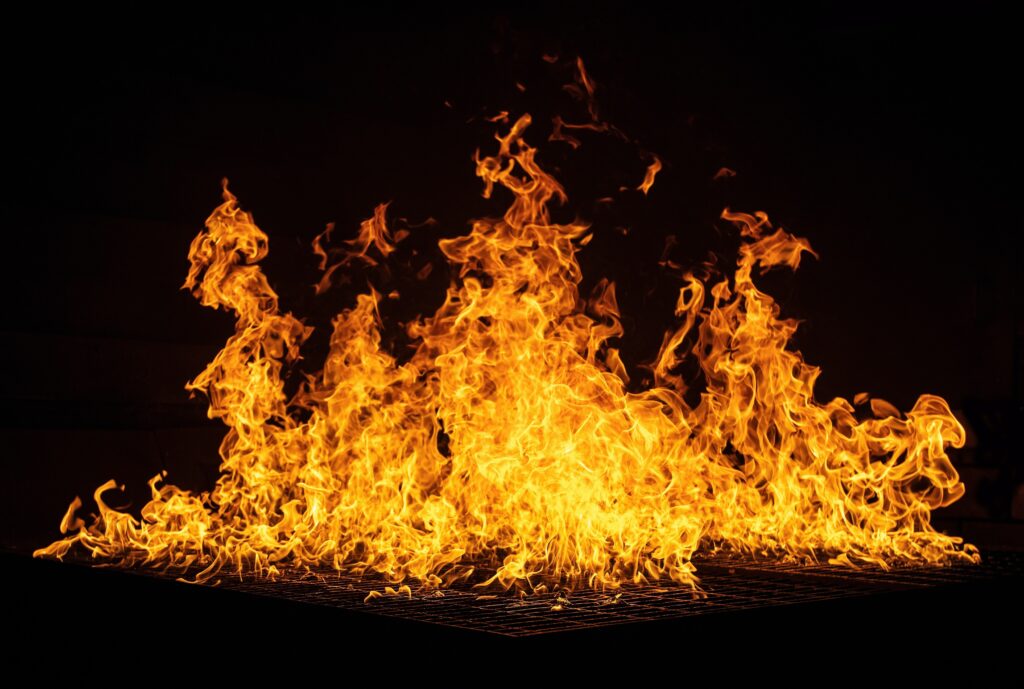
Fire Pit Supervision
Never leaving the fire unattended
Always remember to never leave your fire pit unattended. Even a small flame can quickly escalate into a dangerous situation if left unsupervised. Stay with the fire at all times and keep a close eye on it to ensure it remains in control. If you need to leave temporarily, such as to use the restroom or fetch supplies, make sure to extinguish the fire completely before doing so.
Keeping children and pets away
When enjoying a fire pit, it is essential to keep children and pets at a safe distance. Fire can be fascinating and attract the curiosity of little ones, so it is crucial to establish clear boundaries and educate them about the dangers of fire. Create a designated play area away from the fire pit and always supervise children and pets to prevent potential accidents or burns.
Designated fire pit supervisor
To ensure maximum safety, it can be helpful to designate a responsible adult as the fire pit supervisor during gatherings or events. This person will be responsible for overseeing the fire, enforcing safety rules, and ensuring proper fire handling. Having a designated supervisor can minimize the risk of accidents and provide peace of mind for everyone involved.
Fire Pit Extinguishing
Having a fire extinguisher nearby
Having a fire extinguisher readily available near your fire pit is an important safety measure. Make sure the fire extinguisher is suitable for extinguishing different types of fires, including wood or gas fires. Familiarize yourself with its proper usage and keep it in an easily accessible location. In case of an emergency, a fire extinguisher can help suppress flames quickly and prevent uncontrolled fires.
Using water or sand to extinguish the fire
In the event that you do not have a fire extinguisher, water or sand can be used to extinguish the fire. Keep a bucket of water or a hose nearby to douse the flames if necessary. If you choose sand, ensure that it is dry and readily available to smother the fire. Avoid using flammable liquids, such as gasoline, to try and extinguish the fire, as this can escalate the situation and cause more harm.
Ensuring complete fire extinguishment
After extinguishing the fire, it is crucial to ensure its complete extinguishment. Even if the flames appear to be out, embers or hot coals may still be present and capable of reigniting. Use a shovel or poker to spread the remaining materials and expose any hidden hot spots. Allow everything to cool down completely before leaving the fire pit unattended.

Fire Pit Smoke and Emissions
Consideration for neighbors and air quality
When enjoying your fire pit, it is important to consider your neighbors and the impact on air quality. Excessive smoke can be bothersome to those nearby, especially individuals with respiratory conditions. Therefore, avoid burning wet or green wood, which produces more smoke. Additionally, be mindful of wind direction and avoid burning on days when air quality is already compromised, such as during smog alerts or when there are active wildfires in the area.
Using clean-burning wood or natural gas
To minimize smoke and emissions, opt for clean-burning wood options, such as hardwoods like oak or maple. These types of wood produce less smoke and burn more efficiently. If you have a natural gas fire pit, it already provides a cleaner-burning alternative. Natural gas produces fewer emissions and particulate matter, making it an environmentally friendly choice for fire pit fuel.
Avoiding the burning of prohibited materials
It is crucial to avoid burning any prohibited materials in your fire pit. This includes items such as treated or painted wood, plastic, foam, rubber, or trash. Burning these materials can release toxic chemicals and pollutants into the air, posing a threat to both your health and the environment. Stick to using only approved firewood or natural gas to ensure a safe and responsible fire pit experience.
Fire Pit Weather Conditions
Checking weather forecasts
Before lighting your fire pit, always check the weather forecasts to ensure suitable conditions. Avoid lighting a fire in high wind conditions, as this can cause flames to spread uncontrollably and increase the risk of sparks igniting nearby structures or vegetation. Similarly, be cautious during dry spells or drought conditions, as the risk of accidental fires is significantly higher. It is better to postpone using your fire pit until the weather conditions improve.
Avoiding windy conditions
Windy conditions can intensify fires and make them more difficult to control. A gust of wind can carry burning embers, spreading them to nearby areas and increasing the risk of accidental fires. If it is windy, it is advisable to not use your fire pit or wait until the wind subsides. Remember, safety should always be a priority, and using a fire pit in unfavorable weather conditions can pose significant risks.
Taking precautions during dry spells
During dry spells or drought conditions, it is crucial to take extra precautions when using your fire pit. The risk of accidental fires is significantly higher when vegetation and other combustible materials are dry and prone to igniting. Ensure a larger clearance zone around your fire pit to prevent sparks or embers from igniting nearby dry foliage. It is also advisable to have a readily available water source nearby in case of emergencies.
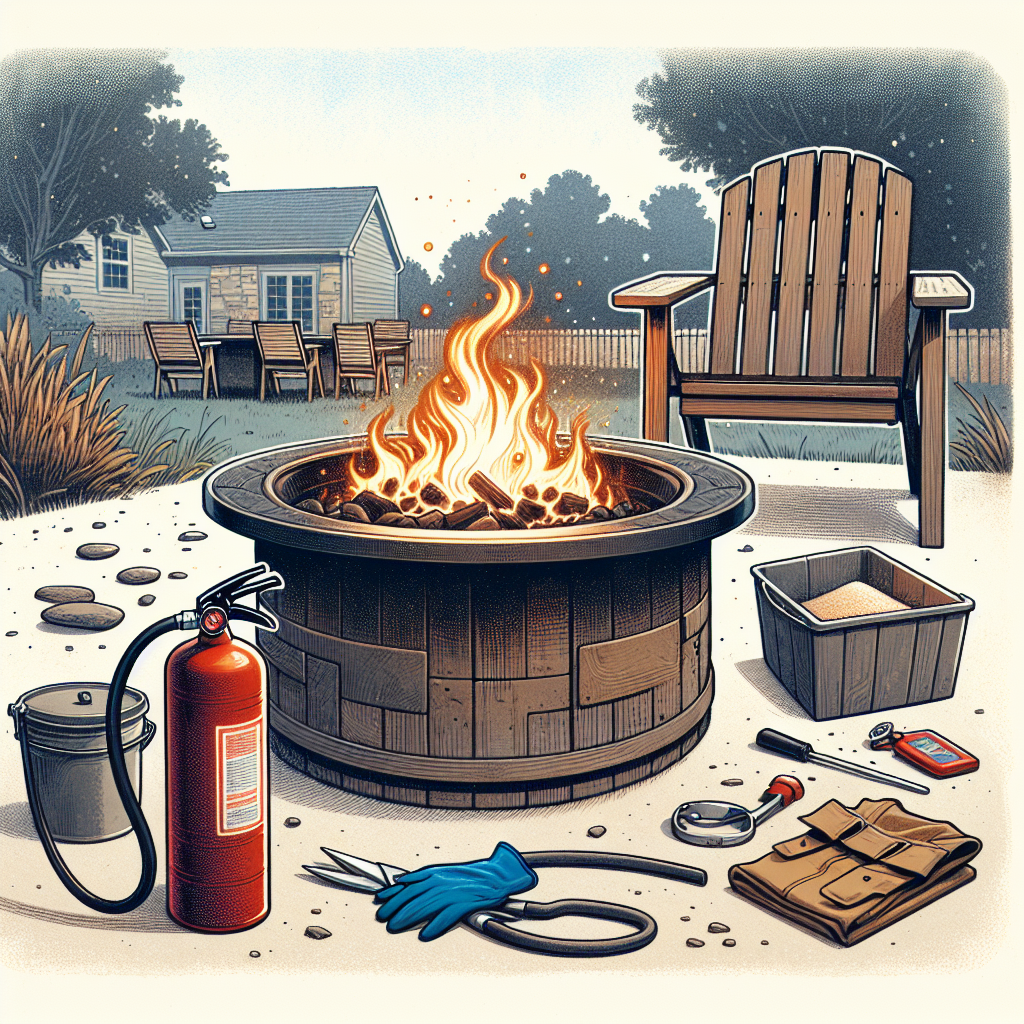
Fire Pit Accessories
Using screens or spark arrestors
Using screens or spark arrestors on your fire pit can enhance safety and prevent sparks from escaping. These accessories help contain burning embers and reduce the risk of accidental fires. Mesh screens or spark arrestors can be placed over the fire pit to create a barrier while allowing for proper airflow. This addition provides an extra layer of protection, especially when there are children or pets present.
Properly storing firewood
When not using your fire pit, it is important to store firewood properly. Keep it in a dry location away from the elements, such as rain or snow, to prevent it from becoming wet or rotting. Wet firewood can create excessive smoke or fail to ignite properly, compromising the overall fire pit experience. Additionally, storing firewood away from the fire pit reduces the risk of accidental ignition and ensures a clutter-free and safe outdoor environment.
Installing safety barriers
Installing safety barriers around your fire pit can help create boundaries and prevent accidental contact with the flames. Barriers can be constructed using non-combustible materials, such as stones or bricks, and provide a physical barrier that discourages people from getting too close to the fire. These barriers also act as a visual cue, reminding everyone of the potential dangers and promoting safer enjoyment of the fire pit.
Fire Pit Legal and Local Considerations
Checking local regulations and permits
Before building or using a fire pit, it is essential to check with your local authorities for any regulations or permits required. Some areas may have specific guidelines regarding fire pit placement, size, or fuel types. It is important to comply with these regulations to ensure you are enjoying your fire pit safely and legally. Be aware that violating local regulations can result in fines or other legal consequences.
Maintaining a safe distance from property lines
In addition to complying with local regulations, it is crucial to maintain a safe distance from property lines when placing your fire pit. Check your local building codes or homeowner association guidelines to determine the minimum setback requirements. Respect your neighbors’ property and ensure that your fire pit is positioned in a way that does not pose a fire risk to their homes or structures.
Avoiding nuisance complaints
By adhering to safety guidelines and local regulations, you can minimize the risk of receiving nuisance complaints from neighbors or local authorities. Being a considerate fire pit owner involves ensuring your fire pit is not causing excessive smoke or disturbances, especially during late hours. Open communication with neighbors and addressing any concerns promptly can help maintain good relationships and a peaceful neighborhood environment.
In conclusion, enjoying an outdoor fire pit can provide warmth, ambiance, and a cozy atmosphere. However, it is crucial to prioritize safety by following the guidelines mentioned above. From proper fire pit placement and construction to safe fuel handling and adequate supervision, every aspect plays a significant role in ensuring a safe and enjoyable fire pit experience. By being responsible and mindful of potential hazards, you can create unforgettable memories around the fire while keeping yourself, your loved ones, and your property safe.
